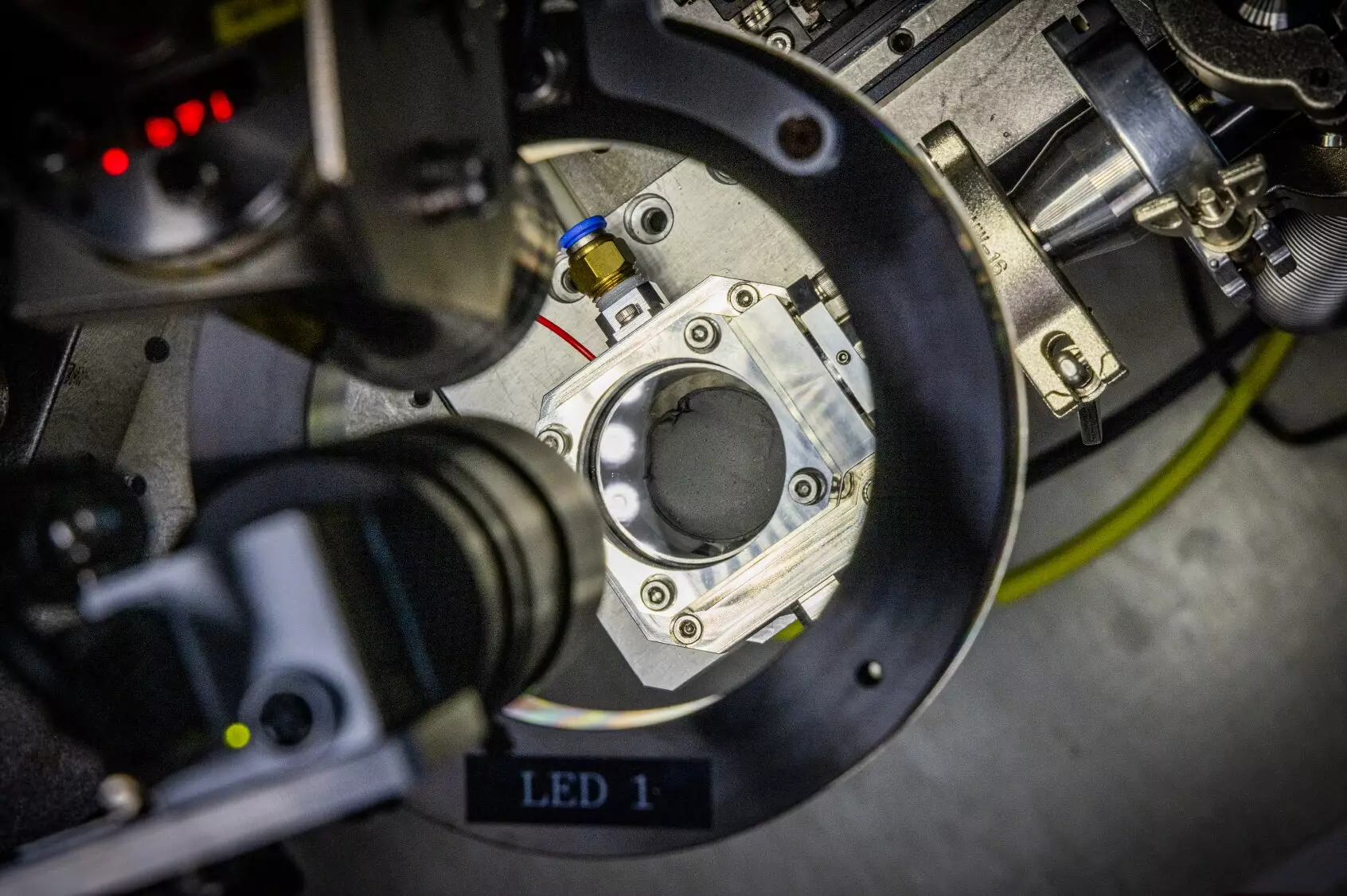Sodium-ion batteries (SIBs) are emerging as a compelling alternative to the widely used lithium-ion batteries (LIBs). These batteries utilize sodium—an element far more abundant and less expensive than lithium—addressing critical concerns around resource scarcity and environmental impact. However, the path to commercialization for sodium-ion batteries is fraught with technical challenges, particularly related to their anode materials. A recent innovation from a research team led by Dr. Daeho Kim and Dr. Jong Hwan Park could potentially transcend these hurdles through the application of microwave induction heating, offering a fast and efficient method for manufacturing hard carbon anodes.
One of the foremost reasons for the growing interest in sodium-ion technology is the abundance of sodium compared to lithium. Sodium is derived from common sources like seawater, while lithium is primarily extracted from mining operations, often with significant ecological repercussions. This fundamental difference positions sodium as a more sustainable choice for battery production. Sodium also exhibits lower reactivity than lithium, which results in higher electrochemical stability. This characteristic is vital for applications requiring rapid charging and reliable performance in diverse temperature ranges.
Nevertheless, despite these advantages, sodium-ion batteries lag in terms of energy density and cycle life when compared to their lithium-ion counterparts. The larger ionic size of sodium presents complications in the design of anodes, necessitating the use of specially synthesized hard carbon rather than traditional graphite. Creating this hard carbon involves complex carbonization procedures, which have historically hampered the economic viability of these batteries.
The traditional preparation of hard carbon anodes requires heating hydrocarbon materials—utilized from plant and polymer sources—above 1,000 degrees Celsius in oxygen-free environments. This resource-intensive carbonization process carries significant economic and environmental costs. The intricacies involved not only elevate production costs but also lengthen manufacturing timelines, creating a bottleneck in the scale-up necessary for commercial viability.
The innovative approaches to this problem by Dr. Kim and Dr. Park represent a significant shift in how anode materials can be produced more efficiently. By utilizing microwave induction heating technology, they have proposed a method that dramatically shortens processing time to a mere 30 seconds. This breakthrough offers the possibility of full-scale commercialization of sodium-ion batteries, potentially revolutionizing the market landscape.
Leveraging the principles behind everyday microwave technology, Dr. Kim and Dr. Park’s team has successfully developed a process to create hard carbon films using carbon nanotubes and polymers. When subjected to a microwave magnetic field, these films can achieve the necessary high temperatures required for carbonization in a fraction of the traditional time. The resulting anodes benefit from enhanced microstructural properties that are conducive to improved electrochemical performance.
The methodological rigor behind this innovation involved a multiphysics simulation technique, allowing the researchers to observe the interactions between microwave energy and nanomaterials. This deep understanding of the underlying physics not only made their approach feasible but also opened doors to additional applications within the energy storage sector, marking a significant advancement in battery technology.
With this new technology firmly established, Dr. Kim and Dr. Park’s team is poised to explore avenues for enhancing the anode material’s performance further. Their plans to refine the existing technology signal a trajectory toward the mass production of large-area hard carbon films. This is vital as the market for energy storage solutions continues to expand, driven by the increasing demand for renewable energy sources and electric vehicles.
Moreover, the implications of microwave induction heating extend beyond sodium-ion batteries. The potential for application in the development of all-solid-state batteries—as well as other high-temperature processes—verifies the versatility and significance of the research conducted at the Korea Electrotechnology Research Institute (KERI).
The excitement surrounding this research is palpable, and with a patent application already submitted, there are expectations of partnerships with various industry players. Companies focused on energy storage technologies are likely to show keen interest in this innovative heating process. As efforts to commercialize sodium-ion batteries gain momentum, the combination of efficiency, sustainability, and safety will undoubtedly reshape the energy landscape, underscoring the importance of continued investment in advanced battery technologies.
The contributions made by Dr. Kim and Dr. Park’s team could well serve as a cornerstone for the next generation of batteries, reinforcing the critical role that research and innovation play in addressing modern energy challenges.

